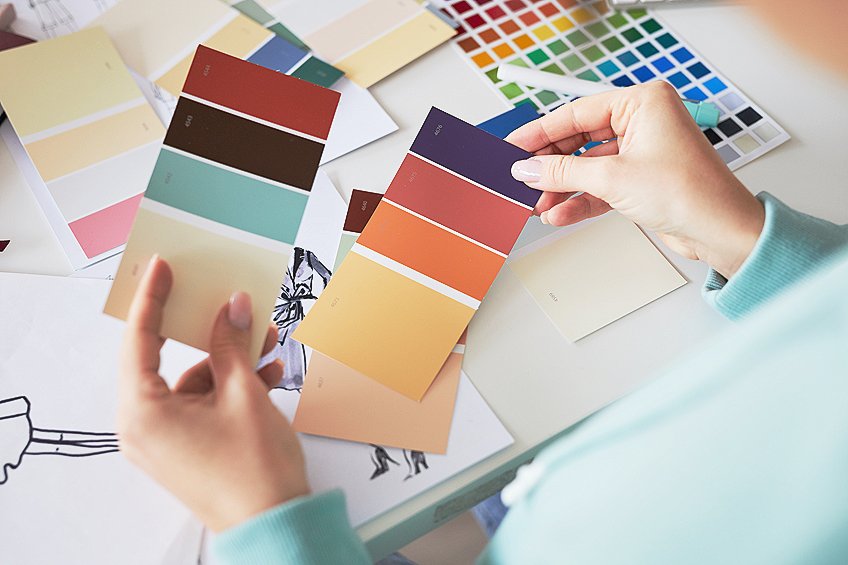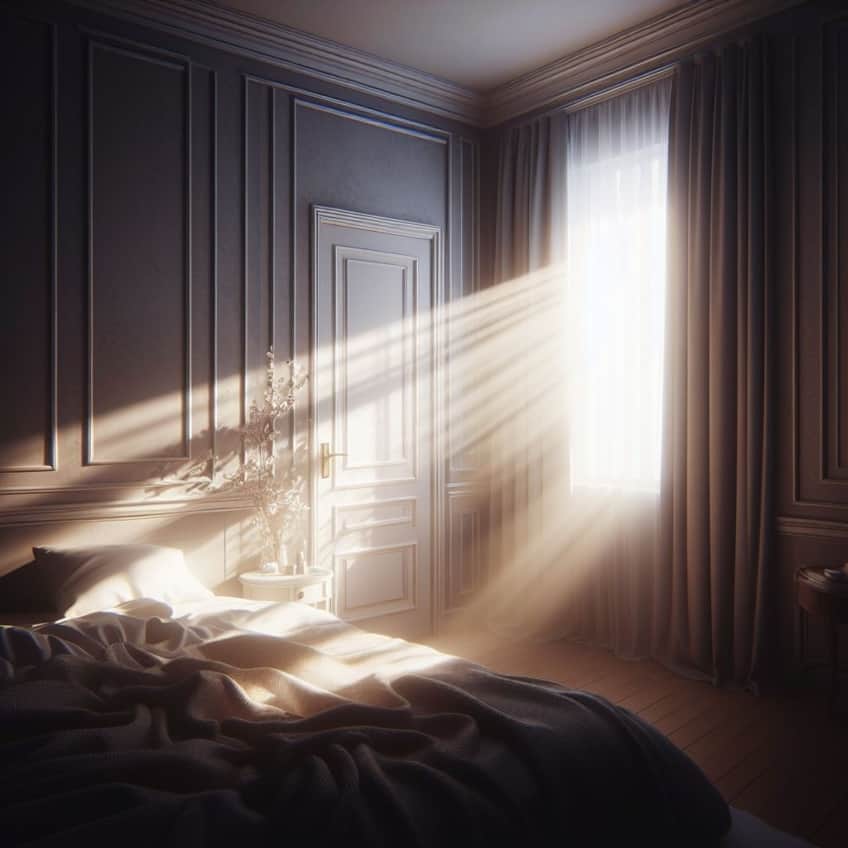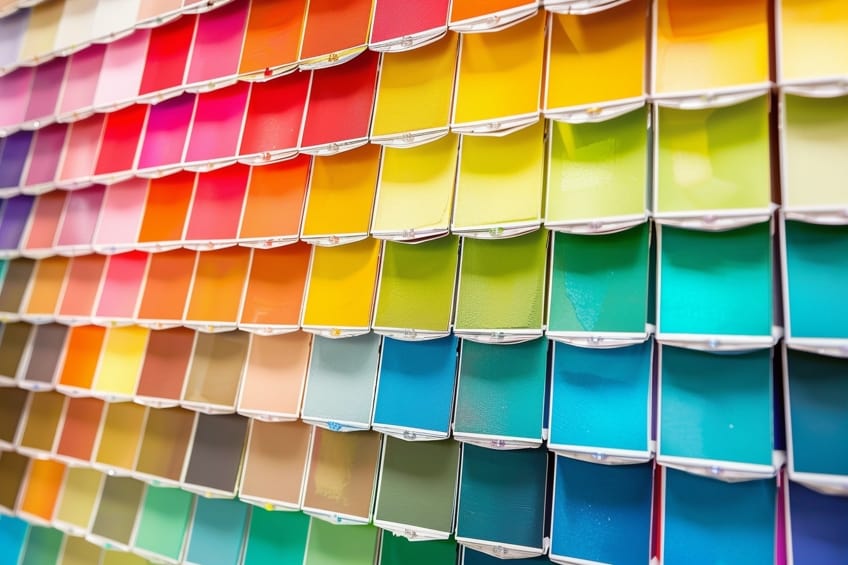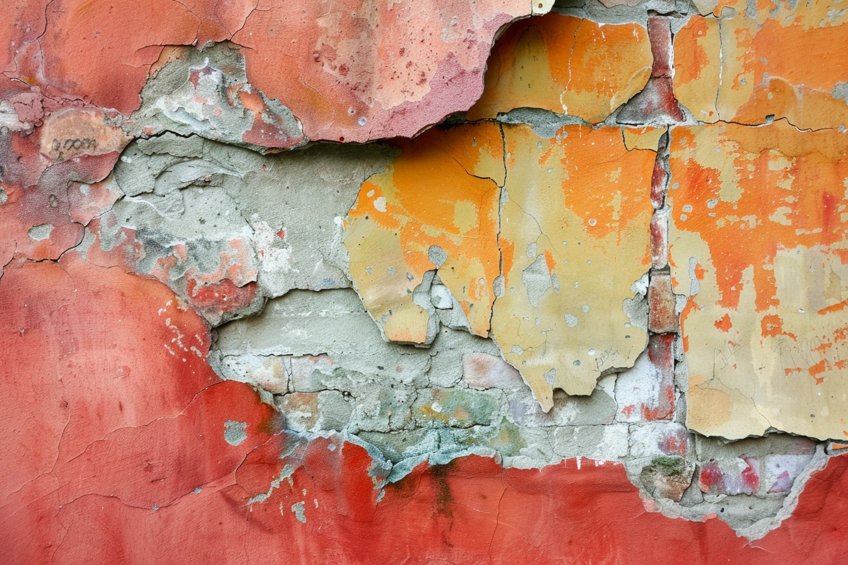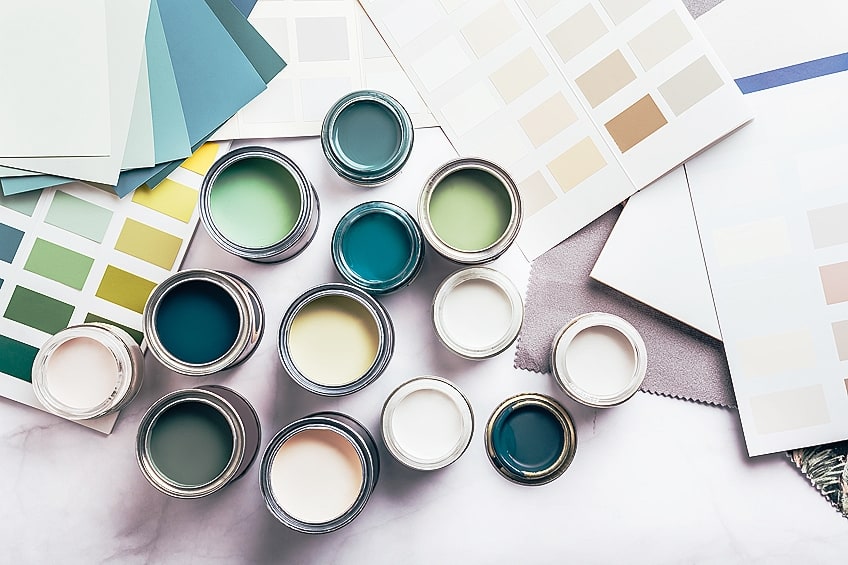How to Match Paint Color – A Guide to Perfect Color Coordination
This post may contain affiliate links. We may earn a small commission from purchases made through them, at no additional cost to you. You help to support resin-expert.com
Welcome, fellow color enthusiasts, to the exciting world of paint matching! Have you ever found yourself staring at a color swatch aisle, feeling overwhelmed by the infinite shades and hues? Fear not! In this article, we’re diving into the art and science of matching paint colors like a pro. From decoding color theory to mastering the art of blending, get ready to unlock the secrets of seamless color coordination. Whether you’re touching up a wall or revamping your entire home, join us on this colorful journey as we uncover the tips and tricks to finding your perfect paint match. Let’s paint the town (and your walls) with confidence and flair!
Table of Contents
Key Takeaways
- Matching paint colors successfully requires an understanding of color properties and the impact of external factors.
- Accurate color reproduction can be achieved through both modern technology and traditional sampling techniques.
- Selecting the right paint sample is critical to obtaining an invisible match on walls.
Understanding Paint Color Basics
When embarking on a color-matching journey, it is vital to grasp the fundamentals. Both lighting conditions and paint finish have a significant influence on how a color appears. With an understanding of these aspects, one can ensure consistency and achieve the desired result for their space.
Influence of Lighting on Paint Colors
Lighting dramatically alters the perception of paint colors, as a color can appear vastly different under various light sources. Natural light, which changes with the time of day and weather, influences the hue and saturation of a color. Conversely, artificial light from bulbs with different color temperatures can cast either a warm or cool glow, thus shifting the appearance of the paint. Therefore, when selecting a paint color, it’s essential to consider how it will interact with both natural and artificial light sources to achieve the desired effect in the space.
Certain colors may look muted or more vibrant depending on the direction of the natural light. North-facing rooms receive soft, diffused light, making colors appear cooler, whereas south-facing rooms, bathed in warm light, can make the same colors seem richer.
Paint Sheen and Its Effect on Color Perception
Paint sheen refers to the finish’s glossiness and has a profound impact on color perception. Finish types range from matte to high gloss, each affecting visibility of imperfections and reflecting light differently:
- Matte: Offers a non-reflective finish that can hide imperfections but might make colors appear deeper.
- Gloss: Highly reflective and can make colors appear more vivid but also highlights surface imperfections.
One must consider the interplay between sheen and lighting, as this combination will determine the paint’s true appearance under different conditions. A semi-gloss finish might be perfect for a well-lit kitchen, whereas a matte finish could suit a bedroom with softer lighting.
Techniques for Matching Paint Colors
When attempting to replicate or complement existing colors within a space, various reliable techniques can assist in achieving an accurate color match. The process of color-matching can vary from manual comparisons to leveraging advanced technology.
Using Color Matching Tools
Professionals and DIY enthusiasts alike can benefit from color-matching tools available at most paint stores. Spectrophotometers are devices that measure the color of a sample and provide the exact formula needed to reproduce the color.
Brands such as Sherwin-Williams and Benjamin Moore offer color-matching services utilizing these tools to aid in finding the perfect paint match.
Wall Chip
A direct and effective method involves removing a small paint chip from the wall, preferably from an inconspicuous area, and presenting it to the specialist at a paint store. This tangible sample allows for more accurate color-matching as it takes into account the specific nuances of the existing paint finish.
Paint Sample
Testing paint samples on the wall is crucial since lighting and environmental factors can significantly impact how a color appears. It is advisable to purchase small sample pots of paint, apply them to large sections of the wall, and observe the colors at different times of the day before making a final decision.
Technology
Modern solutions include phone apps such as Sherwin-Williams’ ColorSnap® Visualizer or the Benjamin Moore Color Portfolio, which allow users to compare colors using their smartphone camera. Additionally, devices like the Nix Mini 2 offer a portable option, using augmented reality and sophisticated sensors to scan colors from any surface directly into an iPhone or other devices for instant color-matching.
Tips for Selecting the Paint Samples
When selecting paint samples, precision in assessing how a color will look in your space is essential. The color can significantly change depending on lighting and surroundings, so testing is a valuable step in the paint selection process.
Testing the Paint’s Finish
- Matte: Offers a non-reflective finish, great for hiding surface imperfections, though it can be less durable.
- Eggshell: Has a slight luster and is more durable than matte, suitable for moderate-traffic areas.
- Satin: Features a soft sheen and is easy to clean, making it ideal for high-traffic areas or rooms exposed to moisture.
- Semi-gloss: Highly durable with a reflective finish, perfect for trim, molding, and areas that require frequent cleaning.
- Gloss: Offers a shiny finish that is highly durable and easy to clean, but it highlights surface imperfections.
One should consider the paint’s finish since it affects the color’s appearance and durability. For example, a glossy finish will reflect more light and potentially alter the color perception. Each finish offers different benefits and complements various types of surfaces and rooms. It’s advisable to apply a sample in each finish being considered to view how it behaves in the intended space’s lighting conditions.
As we wrap up our colorful expedition into the world of paint matching, remember that the perfect hue is just a brushstroke away! With a bit of patience, practice, and perhaps a few happy accidents, you’ve learned to navigate the rainbow of possibilities with finesse. Whether you’re harmonizing existing colors or daring to explore new palettes, let your creativity flourish and your walls sing with personality. So, fellow DIY maestros, go forth and paint your world with confidence and panache. Until our next colorful escapade, happy matching and may your hues always shine bright!
Frequently Asked Questions
What Should I Do If the Color I Want to Match Is No Longer Available?
If the exact color you want to match is no longer available, bring a sample of the color to your paint store. They can often create a custom color match for you.
Is It Possible to Match Paint Colors Across Different Brands?
While it’s possible to match paint colors across different brands, there may be slight variations due to differences in formulations and pigments. It’s best to test the matched color on a small area first to ensure it meets your expectations.
What Is a Good App for Matching Wall Paint Colors Accurately?
Sherwin-Williams offers the ColorSnap Match app, which allows users to scan colors from any surface and find corresponding Sherwin-Williams paint colors. The app pairs with a color scanning device to ensure accuracy and is recommended for matching wall paint colors effectively.


